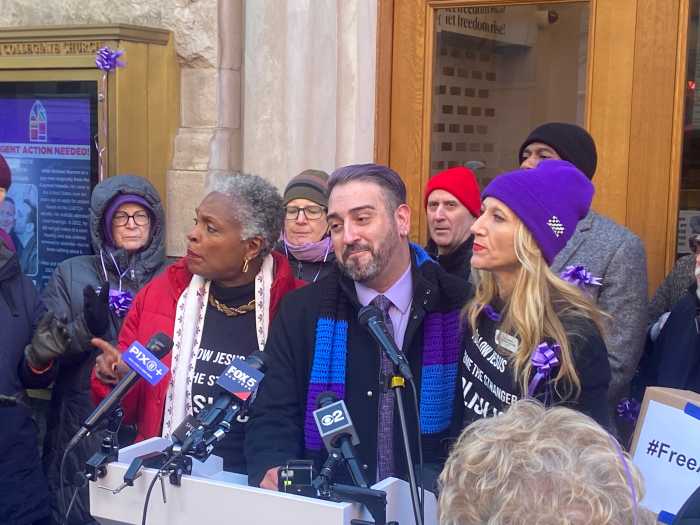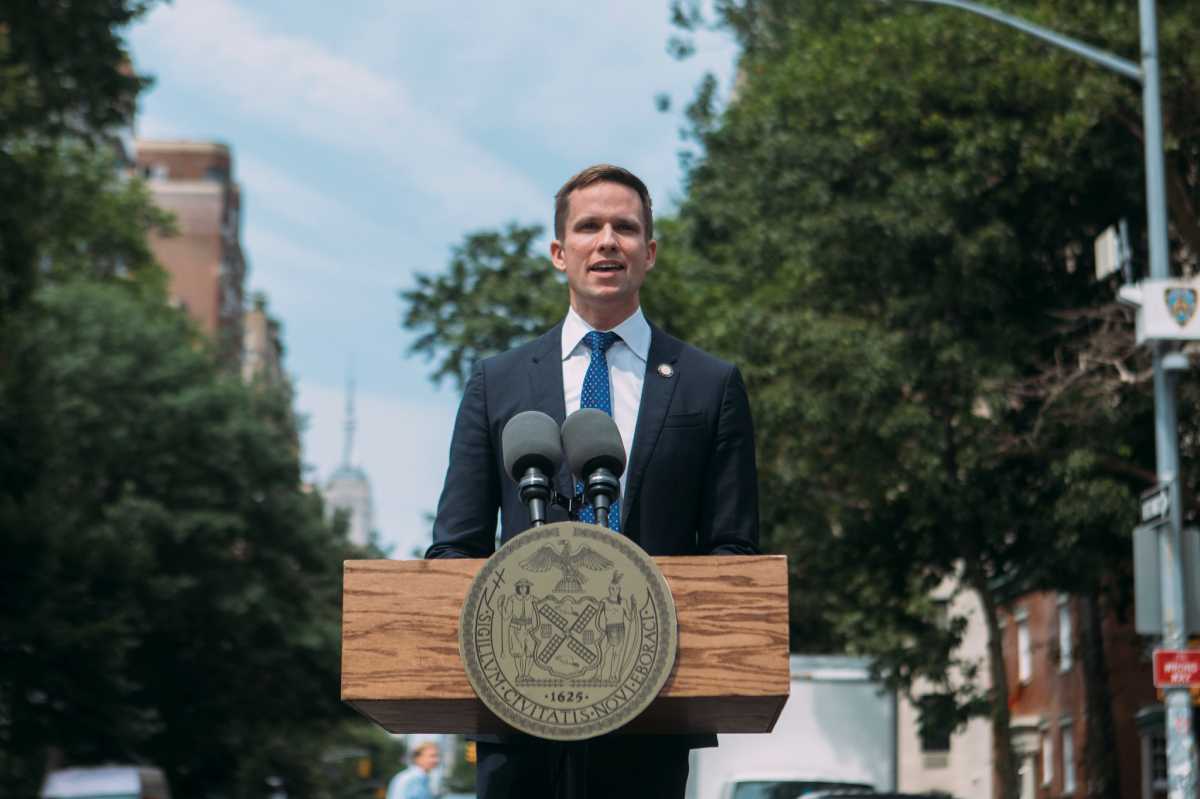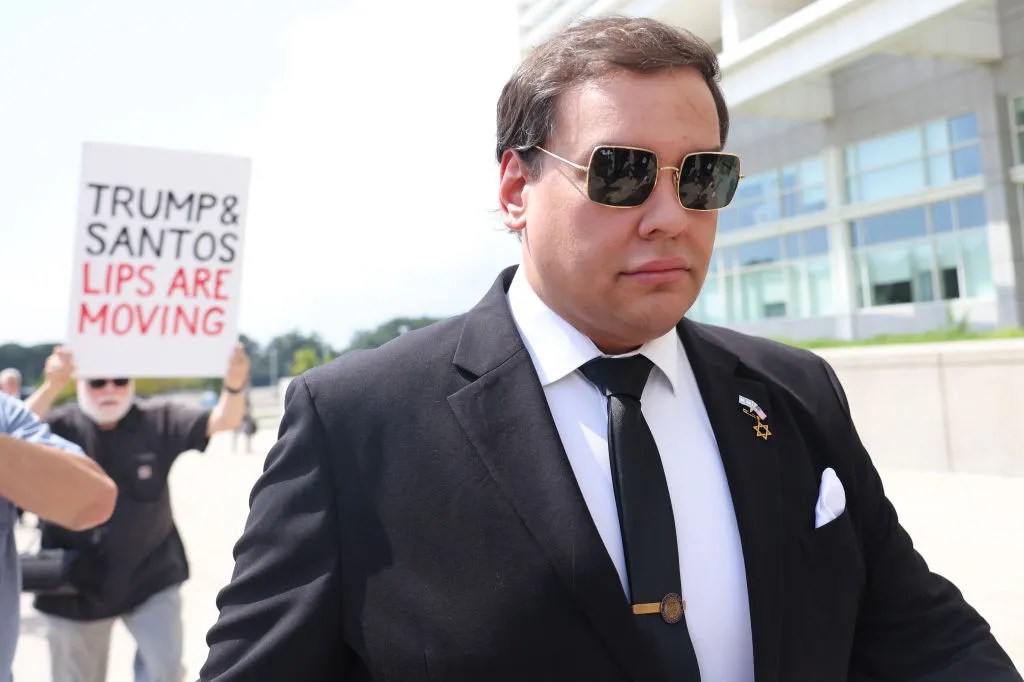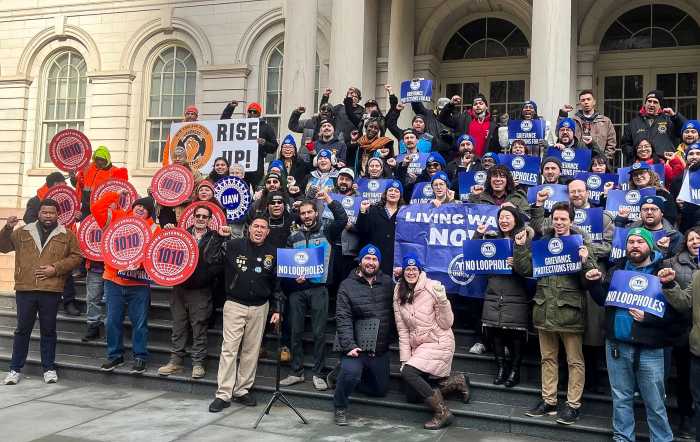Upon taking office in January 2021, President Joe Biden issued an executive order charging federal agencies with considering the impact of the Supreme Court’s reasoning in Bostock v. Clayton County on the interpretation and enforcement of federal laws banning discrimination because of sex. In Bostock, the Supreme Court ruled in 2020 that firing somebody because they are gay or transgender violates the ban on discrimination “because of sex” under Title VII of the Civil Rights Act of 1964. Responding to this charge, the U.S. Department of Education issued guidance documents applying the reasoning of Bostock to Title IX of the Education Amendments of 1972, which condition federal money for educational institutions on a requirement not to discriminate “on the basis of sex.”
The 2021 guidance documents essentially revived interpretations published by the Obama Administration before the 2016 election, which had been suspended by the Trump Administration shortly after it took office in 2017. The new 2021 guidance tells schools to respect the gender identity of their students in various ways, but shied away from taking a position on transgender women participating in sports competition, reserving that issue for “later.”
Several states filed federal lawsuits challenging the 2021 Guidance documents, and some courts issued preliminary injunctions against their enforcement in decisions that the Biden Administration was appealing. In the meanwhile, the U.S. Department of Education went through the steps required by the Administrative Procedure Act to adopt a formal Rule incorporating the terms of their 2021 guidance documents. The final version of the new rule was published in April of this year, and again several states filed suit, this time against the new Rule.
From June 11 through June 17, four federal courts issued decisions written by Republican-appointed judges rejecting the Biden Administration’s actions. Two of those decisions, by U.S. District Judge Reed O’Connor of the federal court in Fort Worth, Texas, on June 11, and a June 14 ruling by the Cincinnati-based Sixth Circuit Court of Appeals in a case brought by 20 states in a federal court in Tennessee with an opinion by Circuit Judge John Nalbandian, ruled against the 2021 guidance documents, enjoining their enforcement. The other two new decisions, district court rulings by Chief District Judge Danny C. Reeves in Tennessee on June 17 and one by District Judge Terry A. Doughty of Louisiana on June 13, issued preliminary injunctions against enforcement of the new rule while cases brought by various states are pending. Judges O’Connor and Reeves were appointed by President George W. Bush. Judges Nalbandian and Doughty were appointed by President Donald J. Trump.
The only voice of dissent came from Senior Circuit Judge Danny J. Boggs of the Sixth Circuit Court of Appeals, who argued that the 2021 guidance was merely an interpretative document that was not subject to judicial review under the Administrative Procedure Act because it was not a “final agency action.” Judge Boggs, who was appointed by President Ronald W. Reagan, did not address the substantive ruling by the two-judge majority of the Sixth Circuit panel, whose other member was Circuit Juge Joan Larsen, another Trump appointee.
What does it all mean?
When the Supreme Court ruled in Bostock in 2020, Justice Neil Gorsuch (a Trump appointee) wrote for the court that it was impossible for an employer to fire a worker because of their sexual orientation or transgender status without taking account of their sex, thus bringing into play their biological sex, which is forbidden by the statute in most cases. (There is an exception to the discrimination ban when sex is a “bona fide occupational qualification.”) In his opinion, Justice Gorsuch emphasized that the three cases which were combined into one case before the court all involved employee discharges and did not involve questions arising under other statutes than Title VII. He also noted that the court was not deciding which bathroom an employee could use, or any other issues that were not directly presented by these discharge cases.
Reaction to the Bostock decision was divided. LGBTQ rights advocates hailed the reasoning that it was not possible to discriminate because of sexual orientation or transgender identity without discriminating because of sex, seeing it as a statement of general principle that could be applied to any law that bans sex discrimination, including Title IX of the Education Amendments, the Fair Housing Act, the anti-discrimination requirements of the Affordable Care Act, and possibly even the 14th Amendment’s Equal Protection Clause. Bostock was frequently cited as a persuasive precedent in lower federal and state courts. Some lower court judges ruled that gay and trans plaintiffs could sue for discrimination under these other statutes. Some state courts even ruled that their own state anti-discrimination laws should receive the same interpretation, thus extending state law protection to LGBTQ employees in several additional states. This is significant because Title VII does not apply to very small businesses that may be covered by state employment discrimination laws.
The Trump Administration sharply disagreed with a broad reading and application of Bostock. It contended that the decision was a precedent limited to Title VII, and even more narrowly to issues of hiring and discharge and not to questions, for example, about bathroom access or insurance coverage for gender-affirming care. Some lower federal court judges, especially those appointed by Republican presidents, tended to agree with the Trump Administration, and held that Bostock was not relevant outside of that narrow context of employment hiring and firing decisions.
Although the Biden Administration’s 2021 guidance and the 2024 rule applied to both sexual orientation and gender identity, most of the firepower of the adverse decisions issued from June 11 to June 17 focused on gender identity. The two decisions concerning the 2021 guidance could easily have been dismissed as moot, since the 2024 rule now takes priority over the guidance as a final agency action. But Judges O’Connor and Nalbandian ruling on motions and appeals that were argued before the new rule was issued, founding that the guidance, in its wording and potential application, was itself a final agency action regarding the interpretation of Title IX and thus should be addressed on the merits. They pointed to language in the guidance indicating that the Education Department would use these interpretations in deciding which charges to investigate and when to bring enforcement actions.
The Sixth Circuit panel voted to affirm the district court’s grant of a preliminary injunction against the enforcement of the Education Department’s interpretation in the 2021 guidance, and Judge O’Connor went further and issued a permanent injunction against enforcement of the Guidance. The Sixth Circuit injunction applies to the 20 states who joined as plaintiffs in that lawsuit. Judge O’Connor’s permanent injunction, which the Biden Administration will likely appeal to the Fifth Circuit, applies only to Texas.
In the other two cases, the district judges issued preliminary injunctions against enforcement of the 2024 rule. Judge Doughty’s preliminary injunction applies to the states that are co-plaintiffs in his case: Louisiana, Mississippi, Montana, and Idaho. Judge Reeves’ preliminary injunction applies to the co-plaintiff states of Tennessee, Kentucky, Ohio, Indiana, Virginia, and West Virginia.
The likelihood that this litigation will rise to the level of the Supreme Court by its next term, which begins in October, seems high, since there are lawsuits attacking the rule on file in several other courts yet to be heard from, so there may be more decisions over the coming weeks. On the other hand, as all the lower court rulings are adverse to Title IX coverage of sexual orientation and gender identity discrimination claims, the Supreme Court might be content not to take on the issue, although it is the Court’s own opinion in Bostock which underlies the entire controversy.
As to this, Judge O’Connor’s Texas decision identifies a doctrine that the Supreme Court is most likely to use if it decides to affirm the lower courts: the “Major Question” doctrine. This surfaced relatively recently in Supreme Court jurisprudence as the conservative majority there has moved to reign in the ability of federal agencies to adopt rules and regulations that the court finds to have crossed over into the realm of policy-making on important issues. According to the Supreme Court, it violates the separation of powers under the Constitution for an agency to make “new law” on important issues by adopting a new rule, a power the Court insists is solely within the province of Congress under Article I of the Constitution.
Judge O’Connor devotes much of his opinion to contending that it was beyond the authority of the Education Department to “change” Title IX by reading a ban on sexual orientation and gender identity discrimination into the statute, thus working a momentous change in the application of Title IX to educational institutions. He shows that when Title IX was adopted more than 50 years ago, nobody would have thought that the statute covered these issues, and various other provisions of Title IX make it clear, in his view, that Congress considered the statute to forbid only discrimination based on a person’s “biological sex,” meaning the sex associated with the physical organs with which they were born.
Throughout his decision, O’Connor refers to transgender women as “biological men who subjectively identify as female,” which clearly signals his disregard for the reality of gender identity. He contends that the decision to recognize gender identity in the context of educational institutions presents a major policy decision that can’t be made by an administrative agency such as the Office of Civil Rights in the Education Department without clear direction from Congress.
In his preliminary injunction ruling, Judge Doughty found that the state plaintiffs were likely to succeed on the merits of their argument that the rule published by the Education Department is “contrary to law under the Administrative Procedure Act” because it misinterprets Title IX, that it violates the Free Speech Clause of the First Amendment because it dictates the language school personnel must use in addressing transgender students (names, pronouns), that it violates the Free Exercise Clause of the First Amendment because of its impact on the rights of those with religious objections to homosexuality and transgender identity, and that it is “arbitrary and capricious” and thus subject to being vacated under the Administrative Procedure Act. While this is just a preliminary ruling, it clearly signals how Judge Doughty is likely to rule on the merits. Given the timing of litigation, it is possible that either Judge Doughty or Judge Reeves will be the first to issue a final judgment on the merits striking down the 2024 rule, which would set up appeals to the Fifth and Sixth Circuits, which both have a majority of conservative Republican-appointed judges.
Although the plaintiffs in these cases are mainly states, there are also some non-state plaintiffs along for the ride, and the usual suspects among right-wing litigation groups are prominent in the cases as well, either sharing in the legal work with the state attorneys general or filing amicus briefs. The Biden Administration’s 2024 rule was a long time in development and a proposed version was published for public comment last year, so opponents of the rule were ready to move quickly to the courts as soon as the final rule was published in April.
Ironically, because of the way the federal courts operate, the preliminary and permanent injunctions that have been issued are aimed at federal enforcement authorities and don’t bind private parties. Students who encounter discrimination because of their sexual orientation or transgender status, while being unable to get an investigation of their cases by the U.S. Education Department because of the injunctions, are still able to bring their own lawsuits against the offending educational institutions under Title IX, as the Supreme Court has ruled in the past that Title IX can be directly enforced in federal court by students, so long as their schools are federal funding recipients. However, it is likely that many federal district judges will heed the trend in litigation in deciding motions by the defendants to dismiss these cases. And, of course, if Trump is elected in November, one can expect that the 2024 rule will be revoked after a new administration takes office, just as the Obama Administration’s guidance on these issues was quickly revoked by the incoming Trump Administration in 2017.
The most effective way to gain protection against discrimination for LGBTQ students would be to pass the Equality Act, still pending in Congress, which would explicitly add sexual orientation and gender identity to the prohibited grounds of discrimination under Title IX, rather than to rely on court or administrative agency actions.



































